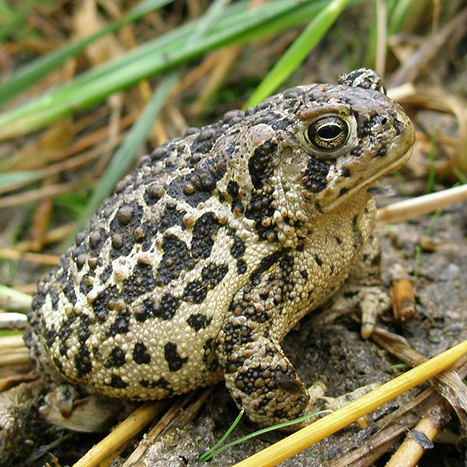Happy 60th Anniversary to 1964’s “Other” Big Conservation Act—the Land & Water Conservation Fund
October 25, 2023
by Vicky Hoover
The Wilderness Act of 1964 is one of the great landmark pieces of conservation legislation in history. But as we gear up to celebrate its 60th anniversary in 2024, there’s another piece of conservation legislation that was signed into law on the same day as the Wilderness Act by President Lyndon B. Johnson that may have had just as big an impact—especially in the day-to-day lives of many Americans.
Often billed as “America’s most successful conservation program,” the Land & Water Conservation Fund (LWCF) is funded through royalties from federal offshore oil and gas leasing. This money funds two main programs. The first is direct federal acquisitions—usually of privately-held lands within national parks, national forests and other key federal conservation units. The second is a state program that provides matching funds to states for local communities, counties, or state wildlife and parks departments to acquire land for, develop, and improve outdoor recreation facilities. Such popular places as community parks, swimming pools and recreation facilities, campgrounds, bike trails, and marinas (among many other things) are often funded via matching grants from the LWCF.
The LWCF was originally authorized for 25 years, and was easily authorized again in 1990. But deeply partisan politics nearly killed the popular program in 2015, when it was only extended for three more years. The program only narrowly survived again in 2018.
Finally, after years of efforts by advocates to make the fund permanent without having to be renewed periodically, the LWCF was included as part of the 2020 “Great American Outdoors Act,” which not only made it permanent but also guaranteed full funding. Although it had always been authorized to receive $900 million in funding each year, Congress had rarely ever actually funded the program to that amount.
And the LWCF is making a real impact on protecting our wild public lands and the wildlife that depends on it for their survival. For instance, in September the U.S. Fish and Wildlife Service announced the creation of the Wyoming Toad Conservation Area in southeast Wyoming. The fund was used to purchase more than 1,000 acres of privately-owned land to help protect the Wyoming toad—one of North America’s most critically-endangered amphibian species. The toad—which was once abundant in the Laramie Basin—has seen its numbers crash to a mere handful since the end of the 19th century due to land use changes, pesticides, and disease. Hopefully, providing a more stable and permanent habitat will be a step in preventing the extinction of the Wyoming toad.
So, the next time you enjoy a national park, wildlife area, or even just your neighborhood swimming pool—you can probably thank the LWCF.
For more information and a list of the projects that have been funded by the LWCF, click here.


